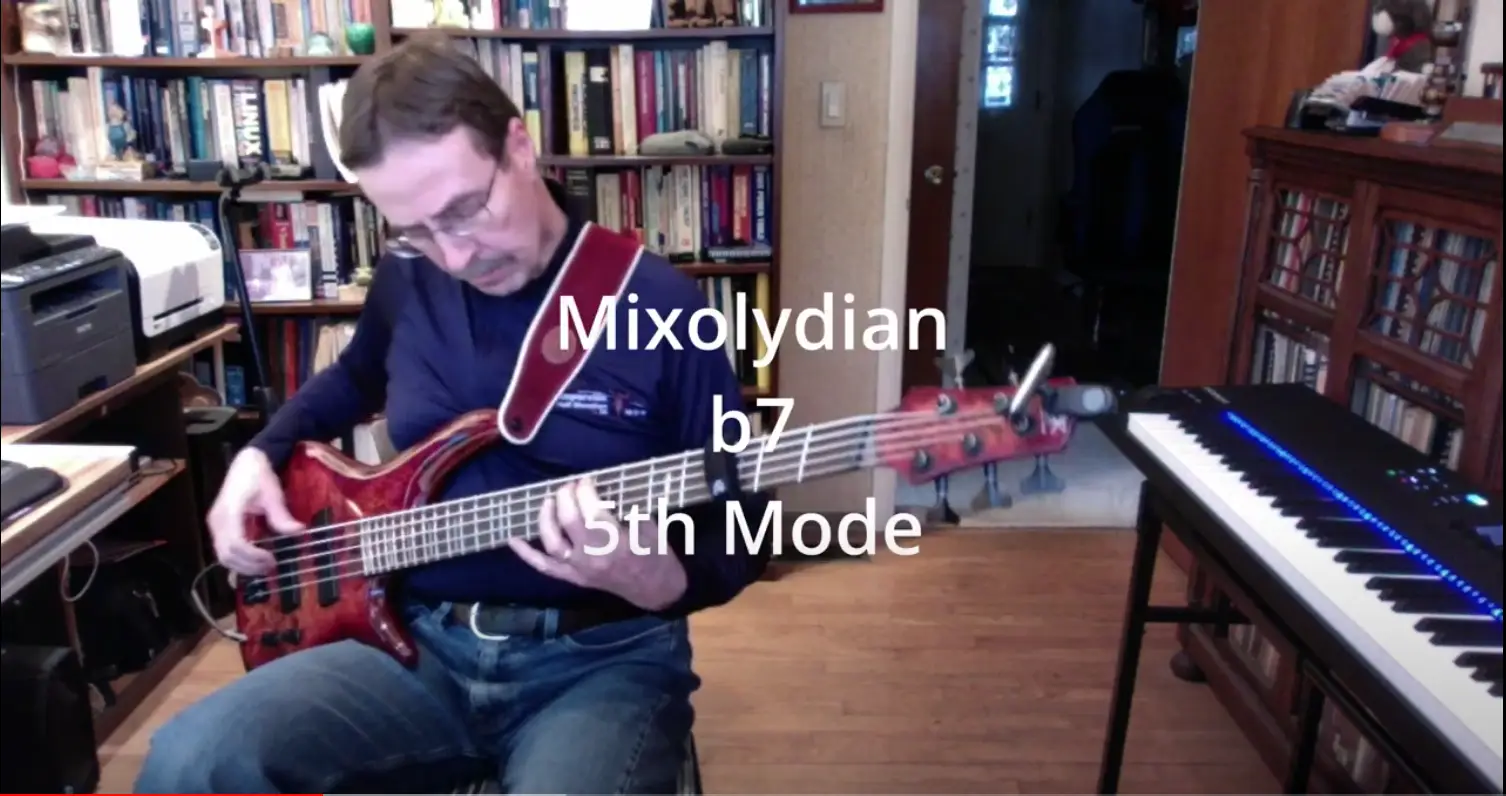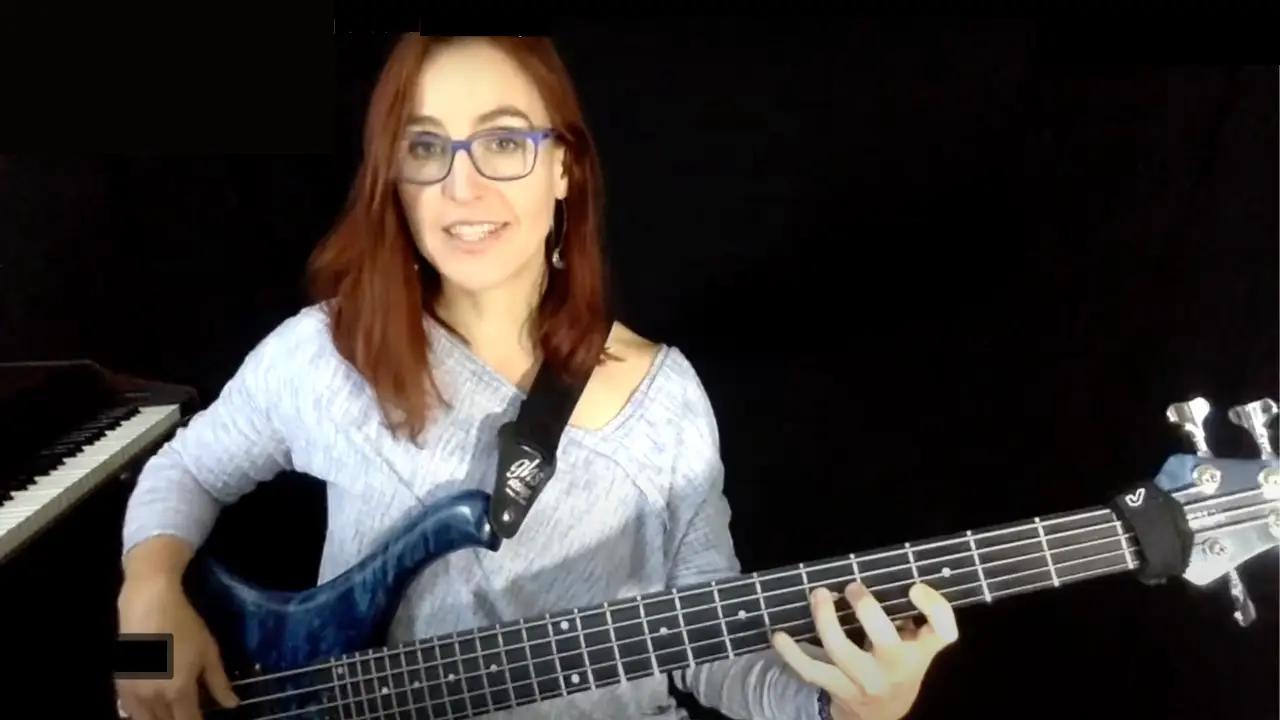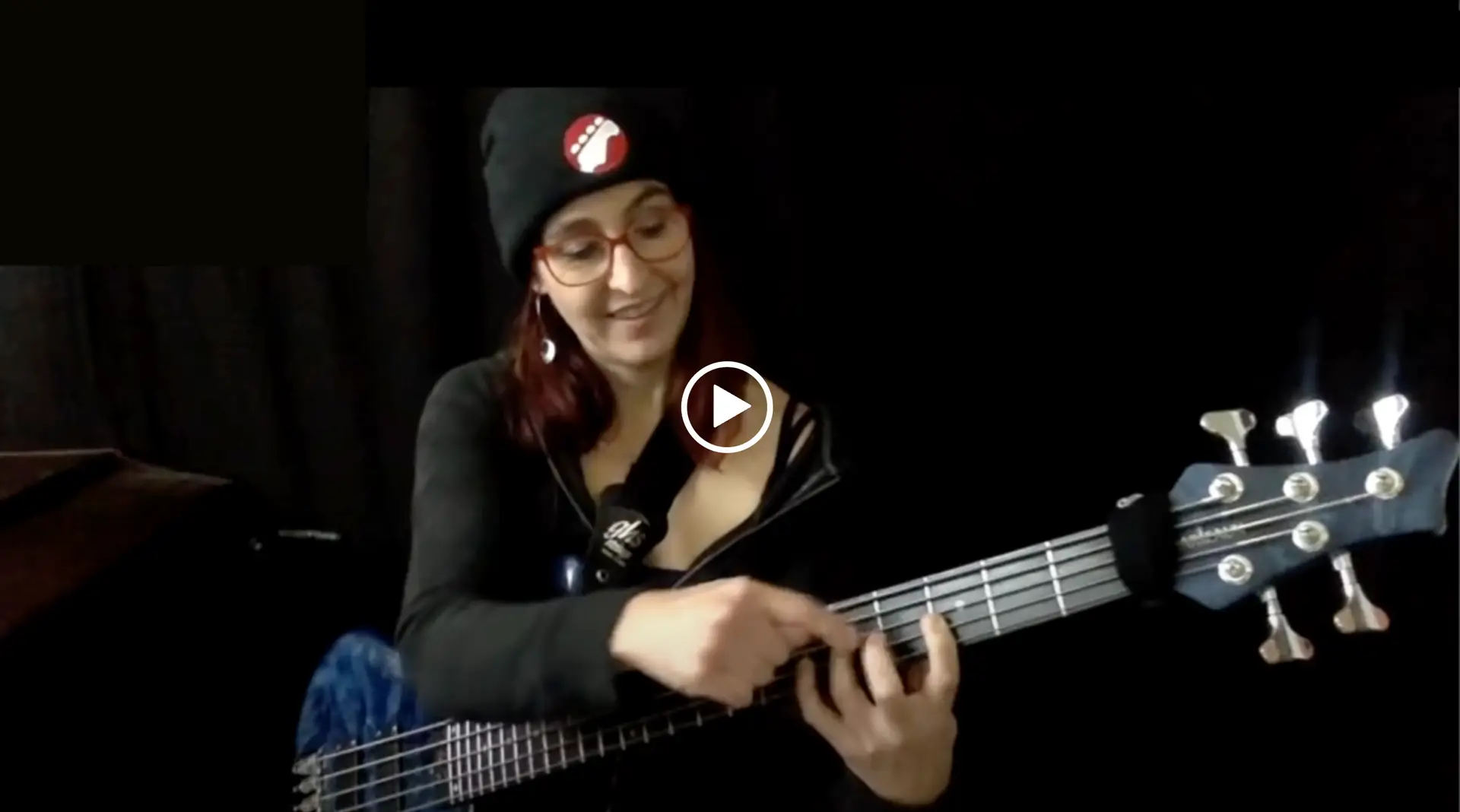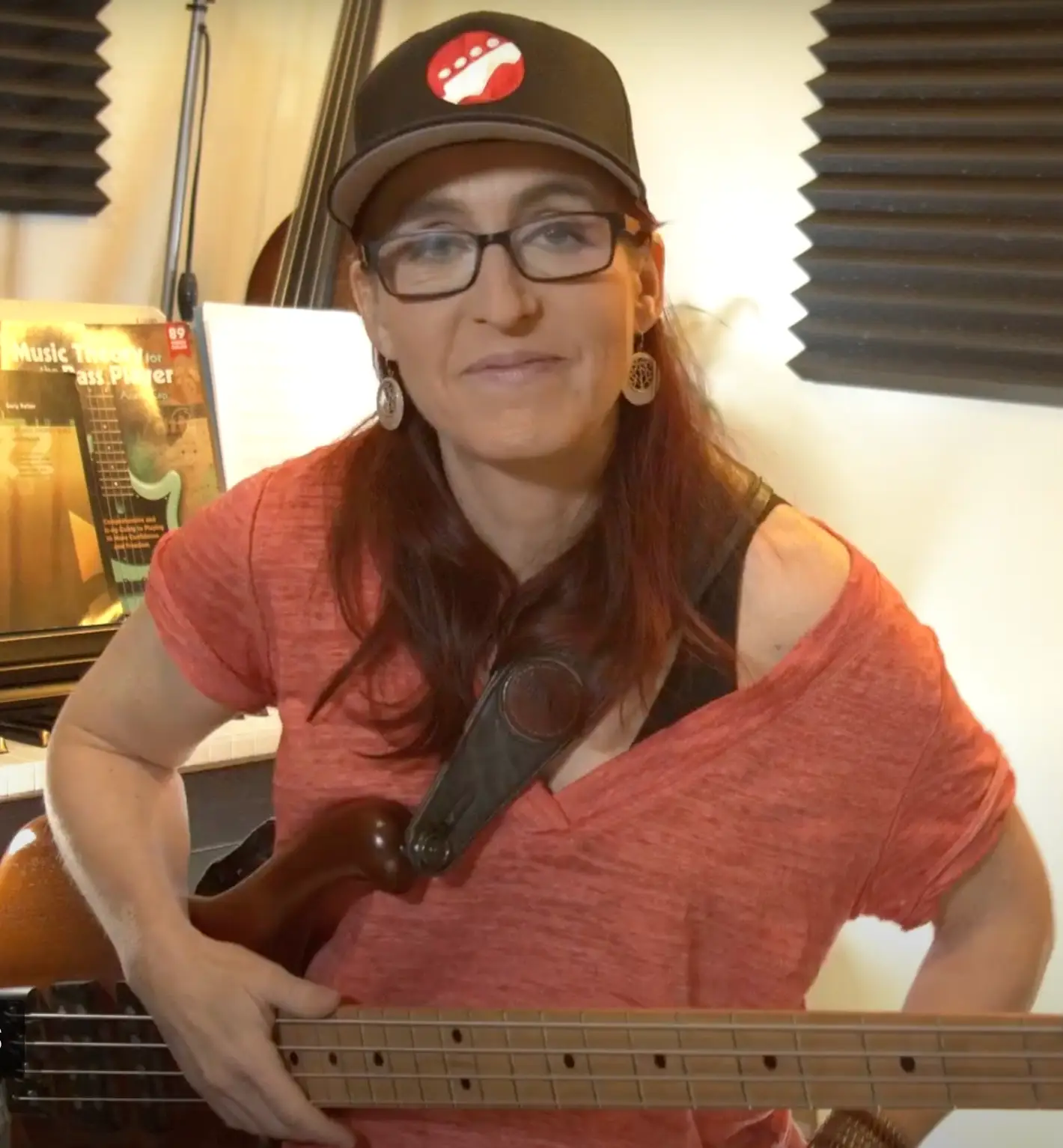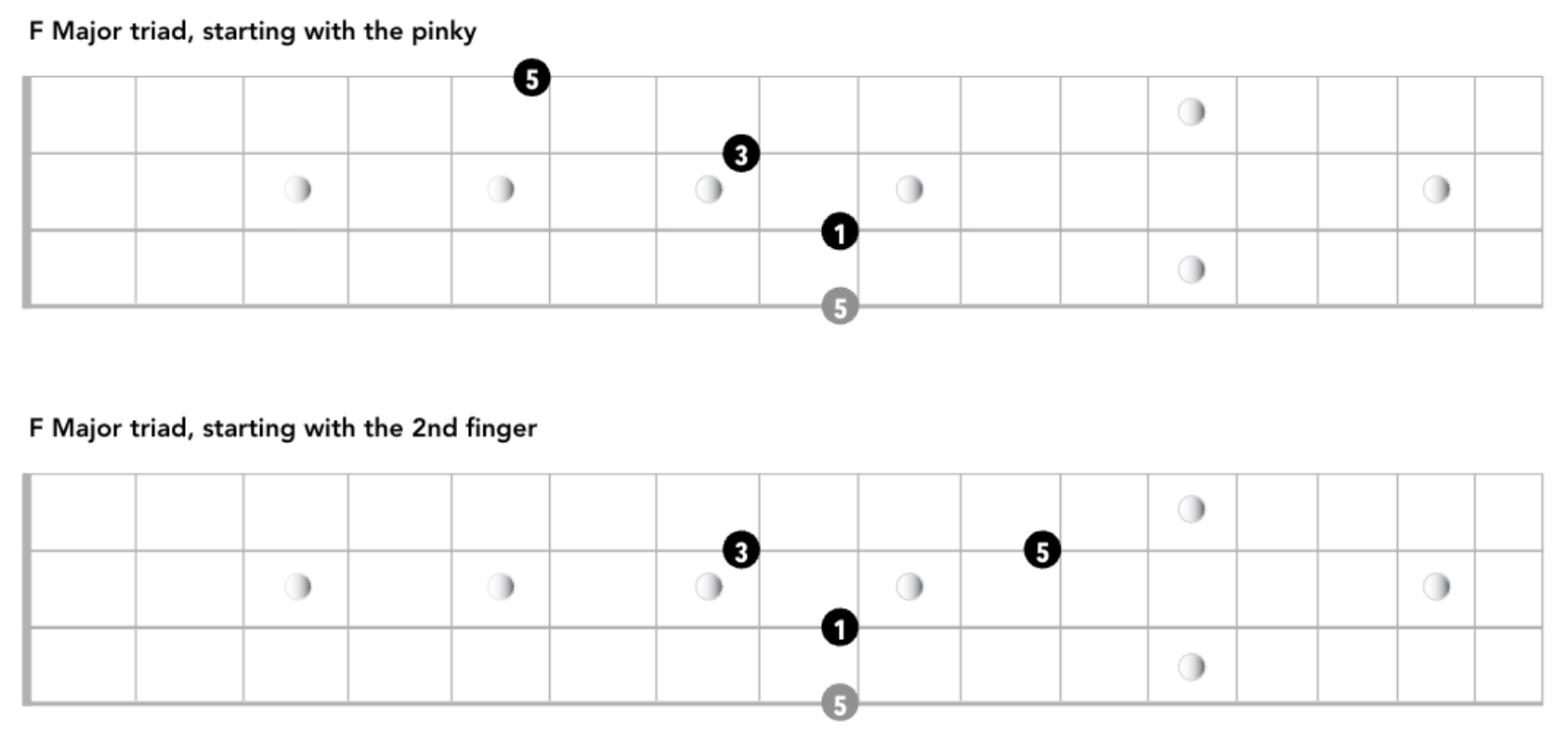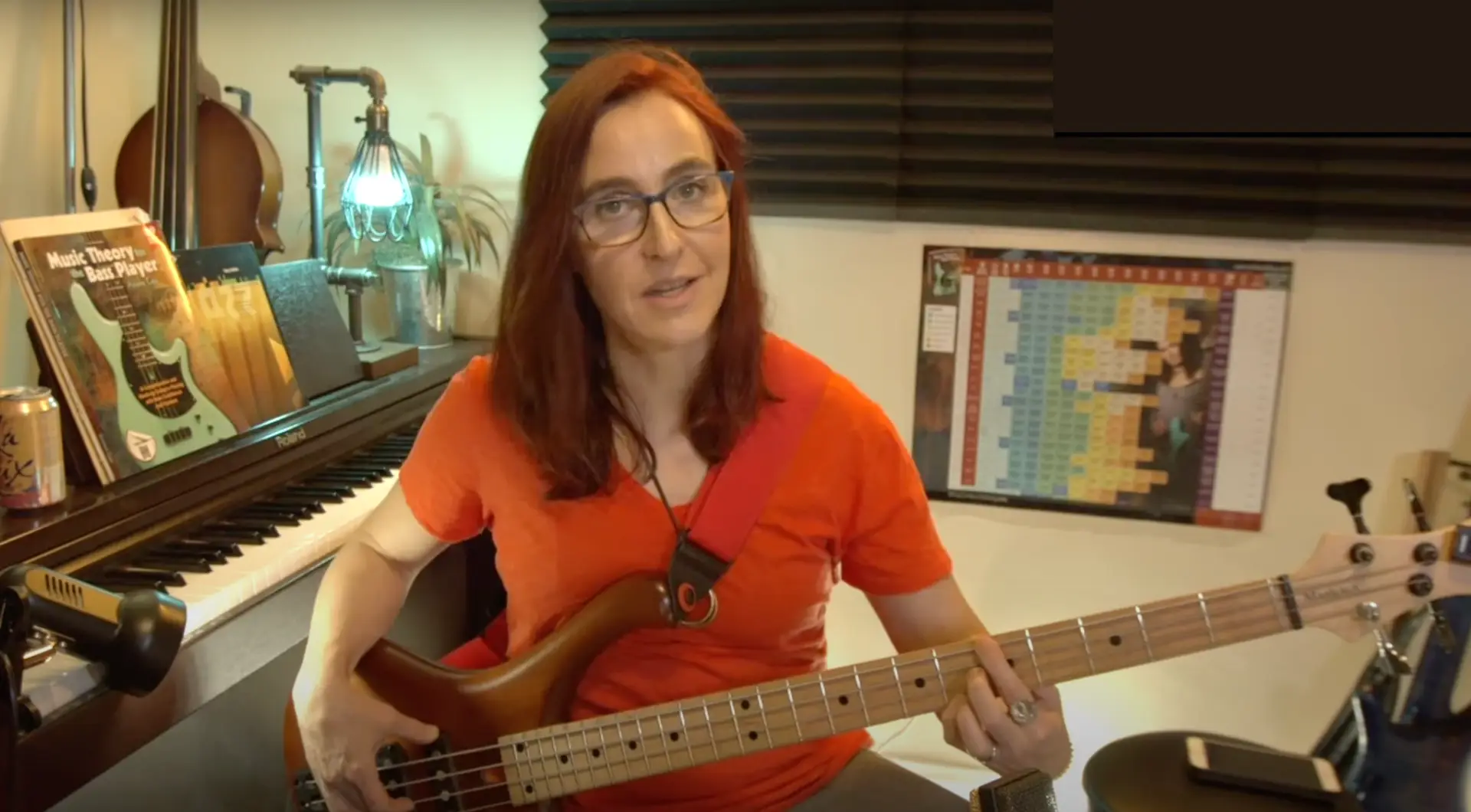A Rainbow of Colors: A Great Modes Drill
Many students are incredibly confused about the modes – what they are, how they sound, how to use them, etc. My theory (ha!) on why they are so intimidating is this:
1 – How They are Often Taught
One of the reasons why I wrote my Theory book was to address the way modes are often taught – which I believe is just not practical at all. Typically, you learn them by playing: C ionian. D dorian, E phrygian, etc. which really doesn’t allow you to hear them properly. All you will hear is how they relate to C because C (the root of ionian) is perceived as the tonic and our mind immediately relates every single note to that. We are just hard-wired to do that – from the multitude of diatonic songs and chord progressions we hear and play all day long. Good luck hearing D dorian after hearing a big fat ionian C tonic just beforehand – you will just hear the diatonic context, not the modal beauty!
Also, many people move on to modes without understanding how the bass fretboard works or understanding intervals properly. And if you are using WWHWWWH to find your scales… well, good luck is all I can say!
Aren’t sure where you stand?
Test yourself:
Which scale is the parent scale of A lydian?
If you have no clue where to even start or answer anything other than E, a review of intervals, directions, higher-lower on the bass is needed. Read my Theory Book and/or join my online Theory Course or one of the ongoing Theory Practice Groups
2 – The Names. If They are Just Plain Greek to You – Well – They Are Greek!
So to make that easier, I just focus on helping you hear and create them. Forget the names, simply divide them into three majors and three minors where each of these options features a “regular”, “different on top” and “different on the bottom” version, plus the locrian mode that sounds different on the bottom and the top.
Then I use association with a few countries like Ireland and Spain to fortify your ability to recognize them and typically everyone is good to go. All this usually takes me just ten minutes to convey – and best of all, it sticks! Forget the names. Know their effect!
Where Can I Hear the Modes?
Bassists often ask me for sample songs (other than Irish shanties) that feature the modes – I have started a list in my Ear Confidence course that I continually add to. I also wrote a couple of blog posts about a few tunes with interesting modal parts, such as this song that features the characteristics of the dorian mode or this one – in case you never noticed that the foreboding intro to this famous Bowie song is phrygian or that Dokken’s Mr Scary is scary due to its phrygian mode.
This is where it gets exciting – the interface of the story of the song and the mood created by the tonal material.
And boy do modes create mood! Read on…
My Favorite Mode Drill
When I studied at the University of Miami, one of my favorite classes was Ronnie Miller’s class on modal composition. Ronnie taught us to sort the modes from brightest to darkest, just like shades of a rainbow, and that simple approach is incredibly eye-opening (or should I say, ear-opening)! So I created a drill that really drives this home. First I had to find a song that:
- most everybody knows
- has a melody that is easily playable on the bass
- and uses every single scale degree
Luckily, I found one – and appropriately it is also a song about colors. The idea is that when you play the modes from their brightest to darkest shade you can really hear the emotional impact.
I have considered this drill a milestone exercise with my students for years. I have featured several of them already – listen to Carmie and Stephen do this modes drill.
I recently introduced this drill in the context of my advanced Pattern System Practice Group .
And one of our students – Harry Kamer – surprised me with a beautiful video demonstrating it over a nice rhythm track. Here he is, playing Somewhere Over the Rainbow from the brightest to the darkest mode, complete with video annotations. Thankfully, he repeats the ionian mode in the end so we are not left with the dreary locrian in the end.
Interesting tidbit: If you play the modes from brightest to darkest only one single note changes each time. 💡
Thanks Harry for your beautiful playing and this piano and drum fortified version!
Once you have mastered this drill you understand a whole lot about keys, modes, relationships of notes, and – most important – the emotional impact of modes!
Want to know more?
The best path is to start with Music Theory for the Bass Player and then continue on to the Pattern System. Consider my Practice Groups if you prefer personal attention and support.
My Music Theory Wallchart provides a visual synopsis of the modes (and many other useful reference tools).
Here are a few additional blog posts to get you started on the modes:

